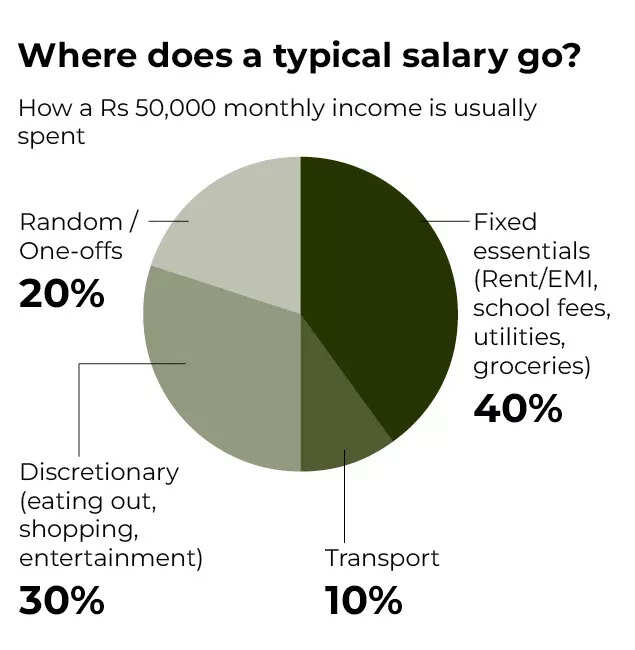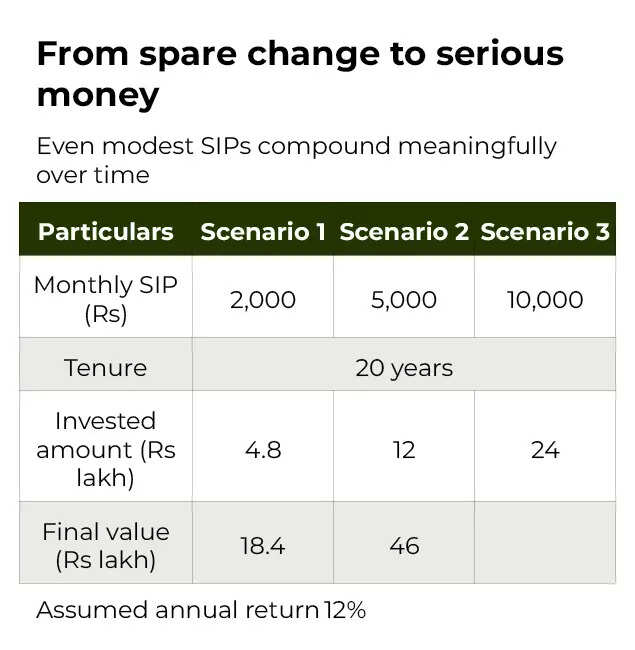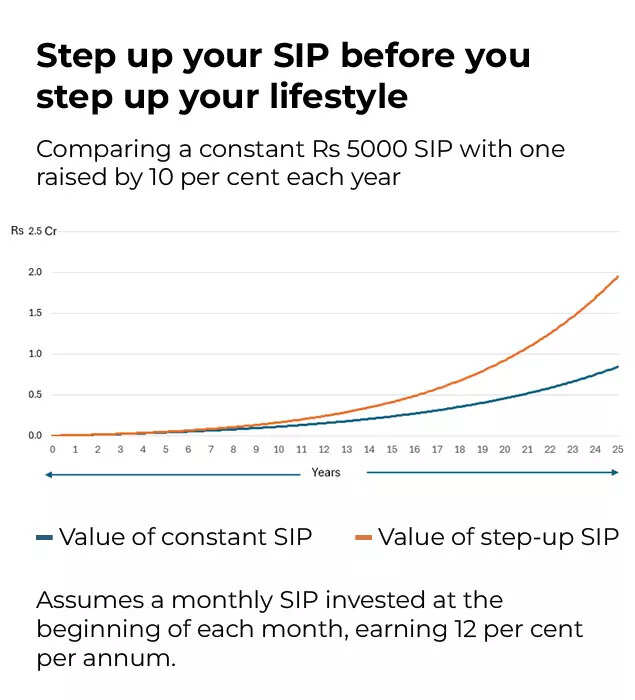Business
A ‘war room’ mentality: How auto giants are battling the Nexperia chip crunch

A Honda sedan moves down the assembly line on Jan. 28, 2025 at the automaker’s assembly plant in Marysville, Ohio.
Michael Wayland / CNBC
Global automakers are once again bracing for production disruptions due to a potential shortage of automotive semiconductor chips, this time sparked by the Dutch government amid geopolitical tensions between the U.S. and China.
Honda Motor became the first known automaker this week to reduce production due to the problem that involves chips from Netherlands supplier Nexperia, which is owned by Chinese company Wingtech Technology Co.
The industry was hopeful that a meeting this week between President Donald Trump and Chinese leader Xi Jinping in Asia would provide some relief, but no resolution on the chips issue has been announced.
Volkswagen on Thursday reportedly said it has until at least next week before its supplies impact production, while other major automakers have said they are monitoring the situation around the clock, attempting to mitigate disruptions.
“The chip situation from Nexperia, we have a cross-functional ‘war room’ in the building where I’m sitting that has this as [a] primary job,” Stellantis CEO Antonio Filosa told investors during a quarterly call Thursday. “And every day we are pushing actions and projects to extend our period. There is a day-by-day management of what is an industrywide global issue.”
U.S. President Donald Trump and Chinese President Xi Jinping shake hands as they depart following a bilateral meeting at Gimhae Air Base on October 30, 2025 in Busan, South Korea.
Andrew Harnik | Getty Images
Such “war rooms” have become a regular practice in the automotive industry amid supply chain disruptions, which have become more common since the Covid pandemic rattled production and deliveries of many parts, including chips, starting in 2020.
Several automotive industry insiders confirmed to CNBC that war rooms have been established in their companies, as they look into alternative purchasing methods. They included working with major suppliers in an attempt to find alternative sources as well as buying on the open market.
“Suppliers across the motor vehicle industry are working to understand the potential effects on production and supply continuity,” MEMA, the largest vehicle supplier association in the U.S., said in an emailed statement. “Chips and diodes are foundational to automotive components and systems, from infotainment systems to door handles, to steering and braking. Even the absence of a single diode or chip can disrupt the manufacture of vehicles.”
Nexperia
The situation involving Nexperia began late last month, when the Dutch government took control of the company, in what was seen as a highly unusual move, reportedly after the U.S. raised security concerns.
In making the decision, the Dutch government cited fears that tech from the company — which specializes in the high-volume production of chips used in automotive, consumer electronics and other industries — “would become unavailable in an emergency.”
China responded by blocking exports of the firm’s finished products, sparking alarm in Europe’s auto industry.
German automakers are especially sensitive to Nexperia-related disruptions because they rely heavily on large, domestic suppliers, known as “Tier 1s,” and local production facilities and companies, such as Nexperia, despite much of its manufacturing moving to China.
The European Automobile Manufacturers’ Association said this week that carmakers were close to closing production lines because of the chip shortage, which comes four years after a shortage of such parts amid the coronavirus pandemic.
A close-up view of the Nexperia plant sign in Newport, Wales on April 1, 2022.
Matthew Horwood | Getty Images News | Getty Images
“This means assembly line stoppages might only be days away. We urge all involved to redouble their efforts to find a diplomatic way out of this critical situation,” ACEA Director General Sigrid de Vries said in a statement.
The chips affected are legacy semiconductors used in basic vehicle functions such as windshield wipers and window controls — parts that lack sufficient alternative sources, according to S&P Global Mobility.
A Nexperia spokesman referred to a previous statement from the company, which summarized the ongoing situation and said it is seeking an exemption from the export restrictions and working to mitigate the impacts of the decision.
A Wingtech spokesperson on Thursday condemned the Dutch government’s actions, saying the company “will robustly defend its rights and use every legal avenue to do so.”
“Only by restoring full control and ownership rights to the company’s rightful shareholders and management, and by ceasing political interference in corporate governance, can the Dutch government begin to repair the damage to its reputation, de-escalate international tension, and safeguard its own and European economic security,” the spokesperson said via an emailed statement.
Fluid situation
Honda’s production cuts impacts include all of its main North American plants, including large vehicle assembly and supporting facilities across the U.S., Canada and Mexico.
“We are currently managing an industrywide semiconductor supply chain issue, making strategic adjustments to production as necessary to carefully manage the available supply of parts and meet the needs of our customers,” Honda said Thursday in an emailed statement, calling it a “fluid” situation.
The impacts are expected to continue to spread to other automakers if a resolution is not found.
Ford Motor CEO Jim Farley last week said the chip problem was at the forefront of conversations when he made a trip to Washington, D.C, earlier this month. He called it a “political issue,” saying the company is working with the U.S. and China administrations to resolve it.
“It’s an industrywide issue. A quick breakthrough is really necessary to avoid fourth-quarter production losses for the entire industry,” said Farley, adding that automakers have gotten “really good” at maximizing component purchases such as chips following the crisis in 2021.
General Motors CEO Mary Barra made similar comments last week, calling it an “industry issue” that will hopefully be resolved soon.
“While this has the potential to impact production, we have teams working around the clock with our supply chain partners to minimize possible disruptions. The situation is very fluid and we will provide updates throughout the quarter as appropriate,” she said during the company’s quarterly earnings call.
Other automotive executives from Volvo, Mercedes-Benz and more have also shared similar thoughts with investors and the media.
“This is a politically induced situation … which means that the solution to this, or the resolution to this, resides in the political space, primarily between the United States and China, in this case, with Europe kind of caught in the middle,” Mercedes-Benz CEO Ola Källenius said Wednesday during an earnings call.
Business
India’s Net Direct Tax Collection Rises 8% To Rs 17.04 Lakh Crore On Higher Corporate Tax Mop-Up

Last Updated:
Net corporate tax collection during the period (April 1, 2025, to December 17, 2025) stands at about Rs 8.17 lakh crore, up from Rs 7.39 lakh crore in the same period of FY25.
India’s gross direct tax collection, before adjusting refunds, stood at over Rs 20.01 lakh crore so far this fiscal year, a 4.16 per cent growth over the year-ago period.
India’s net direct tax collection has increased 8 per cent to over Rs 17.04 lakh crore in the ongoing financial year so far, on higher corporate tax mop-up. Net corporate tax collection during the period (April 1, 2025, to December 17, 2025) stood at about Rs 8.17 lakh crore, up from Rs 7.39 lakh crore in the same period of FY25.
Refund issuances fell 13.52 per cent to over Rs 2.97 lakh crore between April 1 and December 17.
The country’s non-corporate tax, including individuals and HUFs, mop-up so far this fiscal year stood around Rs 8.46 lakh crore, up from about Rs 7.96 lakh crore in the same period last year.
Securities Transaction Tax (STT) collection stood at Rs 40,194.77 crore so far this fiscal year, marginally higher than Rs 40,114.02 crore in the year-ago period.
India’s gross direct tax collection, before adjusting refunds, stood at over Rs 20.01 lakh crore so far this fiscal year, a 4.16 per cent growth over the year-ago period.
In the current fiscal year, the government has projected its direct tax collection at Rs 25.20 lakh crore, up 12.7 per cent year-on-year. The government aims to collect Rs 78,000 crore from STT in FY26.
Rohinton Sidhwa, partner at Deloitte India, said, “Tax refunds issuance has dropped much below last year, while overall tax collection has grown marginally at 4%. The drop in refunds is being attributed to a higher amount of screening of any fraudulent refund claims. Holding back refunds also accelerates litigation that the tax department can ill afford. Overall, the corporate advance tax increase signals good corporate earnings. Non- corporate advance tax collections have, however, declined possibly on the back of rate cuts for individuals given in the previous Budget.”
December 19, 2025, 12:49 IST
Read More
Business
Government borrowing higher than expected after winter fuel payments U-turn

Borrowing fell last month to its lowest November level for four years but was still higher than expected as figures for the year so far were pushed higher due to the Government’s U-turn on winter fuel payments.
Official figures showed borrowing stood at £11.7 billion last month, £1.9 billion less than in November last year and the lowest for that month since 2021 thanks to a sharp fall in debt interest payments.
But the figure was more than the £10.3 billion expected by most economists and the £8.6 billion forecast in March by the UK’s independent fiscal watchdog, the Office for Budget Responsibility (OBR).
The OBR’s monthly forecasts from the budget on November 26 are not available until mid-January, according to the ONS.
Borrowing for the eight months of the financial year so far was £132.3 billion, £10 billion higher than the same period a year ago and £16.8 billion higher than the OBR forecast in March.
This was partly due to an extra £1.8 billion of spending on winter fuel payments after the Government U-turned on its previous decision to severely restrict payments through means testing, instead opting to give the payout to all pensioners except those earning above £35,000 a year.
This helped drive an upward revision to borrowing for the seven months to October by £3.9 billion.
ONS senior statistician Tom Davies said: “Despite an increase in spending, this month’s borrowing was the lowest November for four years.
“The main reason for the drop from last year was increased receipts from taxes and National Insurance contributions.”
November’s figure was pushed lower thanks to falling debt interest payments on borrowing, down by £200 million year-on-year to £3.4 billion and the lowest November level for six years.
Public sector net debt, including the Bank of England, reached £2.93 trillion at the end of November, which is around 95.6% of gross domestic product (GDP) and 0.3 percentage points more than a year ago, although remains at levels last seen in the early 1960s.
Elliott Jordan-Doak, senior UK economist at Pantheon Macroeconomics, said there was “very little Christmas cheer for the Chancellor” in the latest borrowing figures.
He added: “Ms Reeves has staked much fiscal credibility on chunky tax increases in the back end of the forecast period. But we think today’s figures further illustrate the shaky foundations of that gamble.
“Revenues continue to underperform, and the smorgasbord approach of tax increases relies on distortionary tax increases with uncertain yields.
“We also have serious doubts about the Government’s ability to follow through on the raft of spending cuts announced in the Budget.”
Chief Secretary to the Treasury James Murray said the debt interest payments underscored the need to bring borrowing down.
He said: “£1 in every £10 we spend goes on debt interest – money that could otherwise be invested in public services.
“That is why last month the Chancellor set out a Budget that delivers on our pledge to cut debt and borrowing.”
Martin Beck at WPI Strategy said “confidence remains the missing ingredient”.
“A clear and credible pro-growth strategy from the Government – and an end to the pervasive gloom surrounding the UK economy – may matter just as much for the public finances as the fine print of future tax and spending plans,” he said.
Business
Ask Dhirendra: “How do I decide how much to save and invest when my income is just about enough?” – The Times of India

“How do I decide how much to save and invest when my income is just about enough?”This is one of those questions that sounds technical, but is actually very emotional.On paper, it’s simple: income comes in, expenses go out, and whatever is left is “savings. In real life, income comes in, rent, EMIs, school fees, petrol, Swiggy, Zomato, sale on Myntra, birthday gifts, one sudden expense… and at the end of the month, you look at your balance and say, “I’ll start investing from next month. Pakka.”Next month looks surprisingly similar.So let’s start with an honest admission: for most people, the problem is not which fund to choose. It’s how much they can realistically save when it feels like the money is just about enough.At Value Research, whenever we look at this, we don’t begin with a number like “you must save 30%”. We start with a different idea: savings are not what is left after spending. Savings are what you decide first; spending adjusts after that if you flip this order, the maths – and your behaviour – changes completely.A good rule of thumb for many middle-class households is to allocate 20–30% of their take-home income to savings and investments. However, I also know that for many people today, 30% sounds like a bad joke. So instead of fighting over the “ideal” number, let’s work with two simpler questions:
- What can you save today without breaking your life?
- How can you make that number grow every year?
To answer the first question, you need to know where your money is actually going, not where you think it is going. For one or two months, track your expenses honestly – not for Instagram, for yourself. You don’t need an app; even a simple notebook or spreadsheet works.

Where does a typical salary go?
Once you see your own pie chart, three things usually stand out:
- Some expenses are non-negotiable (rent, basic food, fees).
- Some are negotiable but important (a modest phone, occasional eating out).
- Some are pure leakage (unused subscriptions, impulsive orders, “I don’t even remember what this was”).
Your first “investment” might simply be plugging two or three leaks. Even if that frees up only ₹2,000–₹3,000 a month, that is your starting SIP.Now let’s look at how “small” that really is.

From spare change to serious money
When we run these numbers at Value Research in our retirement and goal calculators, the results are always the same: the gap between zero and small is far bigger than the gap between small and perfect.But what if your income truly is at the survival stage? There are people for whom even ₹2,000 is a luxury some months. If that’s your reality, you have two parallel jobs. One is to create a tiny habit – even ₹500 or ₹1,000 a month into a recurring deposit or a conservative fund. The absolute amount is less important than the mental switch from “I’ll save if anything is left” to “I will save something, and then I will live on the rest.”The second job is to make sure that as your income grows, your lifestyle doesn’t expand at the same speed. This is where a lot of middle-class Indians quietly sabotage themselves. Every salary increase automatically becomes a better phone, nicer meals out, upgraded gadgets, and bigger car loans. The percentage saved stays the same, or sometimes even falls.A very powerful habit – one we often build into plans at Value Research – is the “step-up”. Each year, when your salary goes up, you increase your SIPs and savings before you upgrade anything else.

Step up your SIP before you step up your lifestyle
In many examples we’ve run, the step-up strategy leads to a dramatically higher corpus at the end, without you ever feeling an acute “sacrifice” in any single year. You just avoid letting every pay hike leak out into lifestyle.Now, how do you decide your own number?Here’s a simple approach:
- First, add up your genuine essentials: rent/EMI, groceries, utilities, fees, basic transport.
- Next, be realistic and add a modest amount for discretionary spending that you know you’ll do anyway – because you are human, not a robot.
- See what is left. From that leftover, commit to a percentage – even 10% of your take-home income – as a non-negotiable
saving and investing amount. Set up automatic transfers and SIPs for that right after your salary date.
If that number feels tight, start a little lower and promise yourself one thing: every time your income goes up, your savings rate will go up faster than your spending.At Value Research, when we build long-term plans, we don’t assume people will suddenly start saving 40% from next month. We assume they will start somewhere realistic, and then we design step-ups. The rigour is in the process, not in some magical starting number.One last point. Many people postpone investing because they are embarrassed by how small their starting amount looks. Please don’t underestimate the psychological power of seeing a small, growing pile that you started and maintained. It changes how you think about yourself: from “I can’t save” to “I am someone who always saves something.” That identity is worth more than one extra dinner out.So how much should you save and invest when your income feels just about enough? The honest answer is: start with whatever you can without lying to yourself, protect that amount like you protect your rent, and then make sure it rises every time your income increases. The “right” number is not what a formula says; it’s the number you will actually stick to for the next 20 years.The perfect percentage can wait. The first rupee cannot.If you have any queries for Dhirendra Kumar you can drop us an email at: toi.business@timesinternet.in(Dhirendra Kumar is Founder and CEO of Value Research)
-

 Business6 days ago
Business6 days agoHitting The ‘High Notes’ In Ties: Nepal Set To Lift Ban On Indian Bills Above ₹100
-

 Politics1 week ago
Politics1 week agoTrump launches gold card programme for expedited visas with a $1m price tag
-

 Business1 week ago
Business1 week agoRivian turns to AI, autonomy to woo investors as EV sales stall
-

 Fashion1 week ago
Fashion1 week agoTommy Hilfiger appoints Sergio Pérez as global menswear ambassador
-

 Sports1 week ago
Sports1 week agoPolice detain Michigan head football coach Sherrone Moore after firing, salacious details emerge: report
-

 Business1 week ago
Business1 week agoCoca-Cola taps COO Henrique Braun to replace James Quincey as CEO in 2026
-

 Tech1 week ago
Tech1 week agoGoogle DeepMind partners with UK government to deliver AI | Computer Weekly
-

 Sports1 week ago
Sports1 week agoU.S. House passes bill to combat stadium drones











